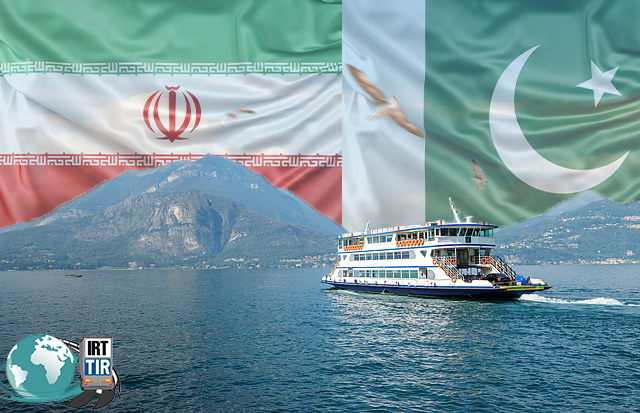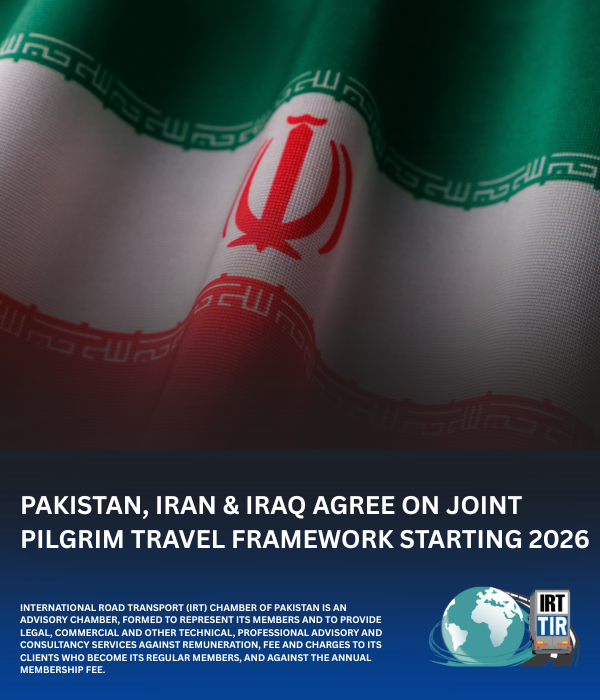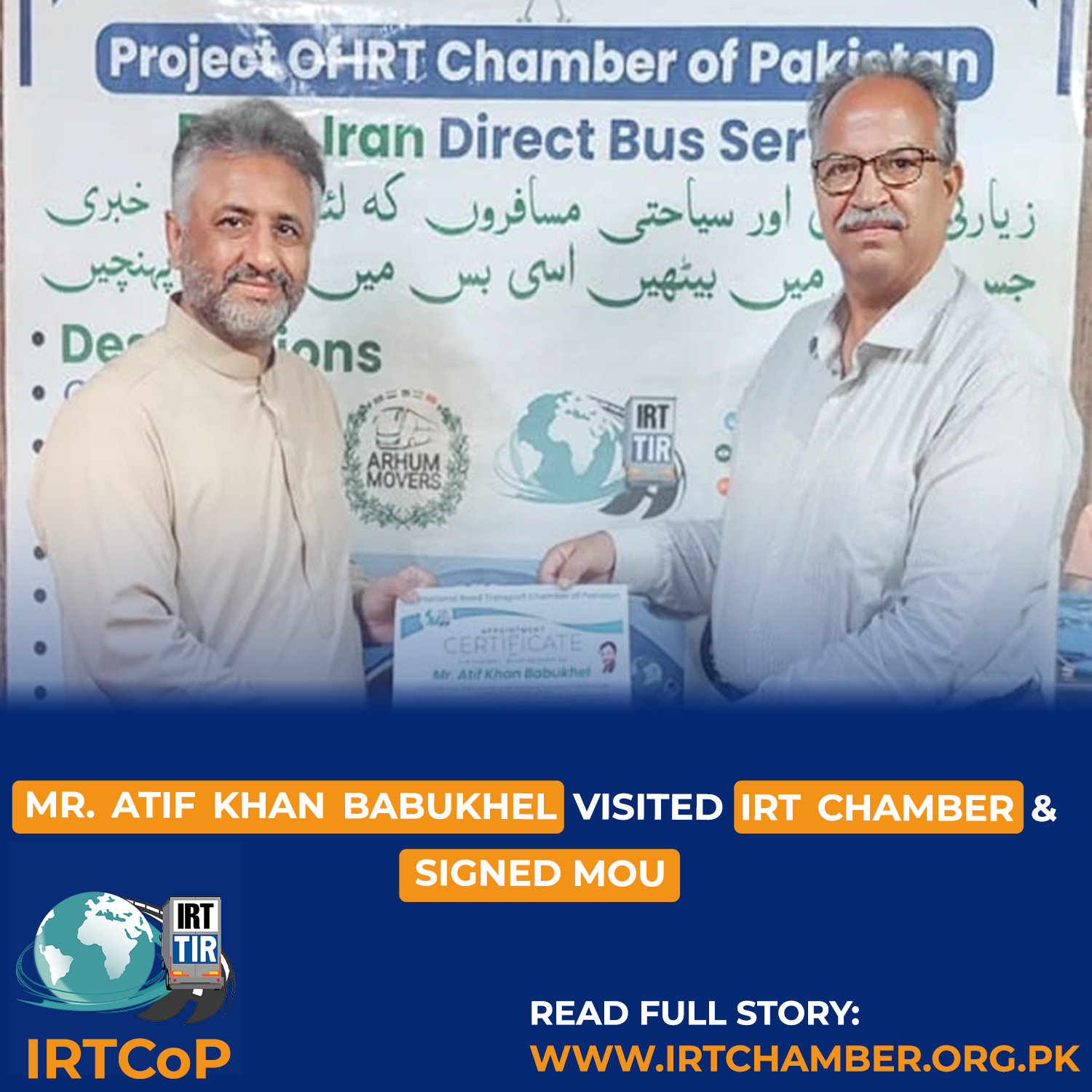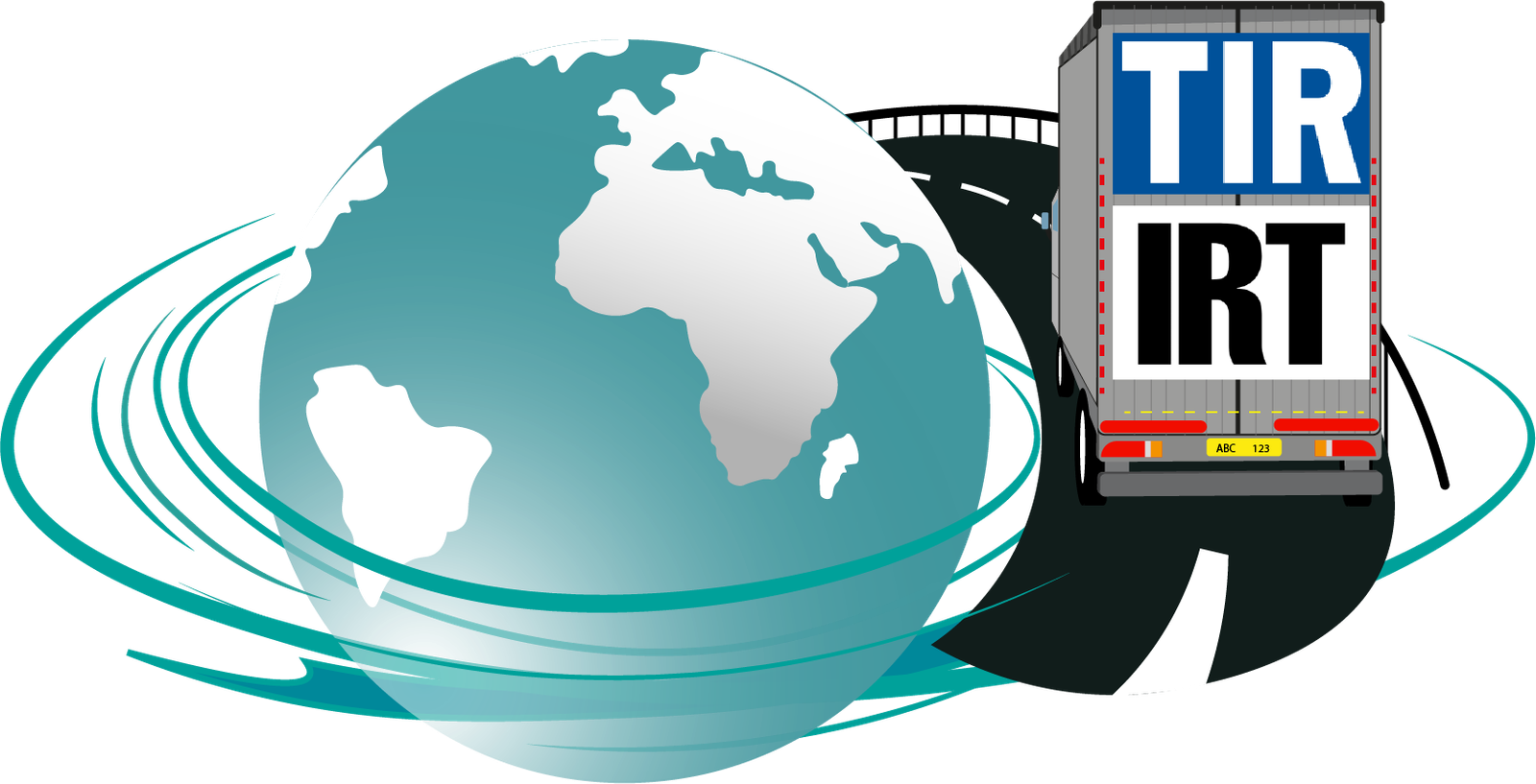Gwadar, a coastal city in the southwestern province of Balochistan, is often hailed as the “new Dubai” of Pakistan. This vision is rooted in its geostrategic location, vast development potential, and its role as the crown jewel of the China-Pakistan Economic Corridor (CPEC). While the comparison to Dubai reflects ambition and vision, it is crucial to examine both the opportunities and the challenges that define Gwadar’s evolving identity.
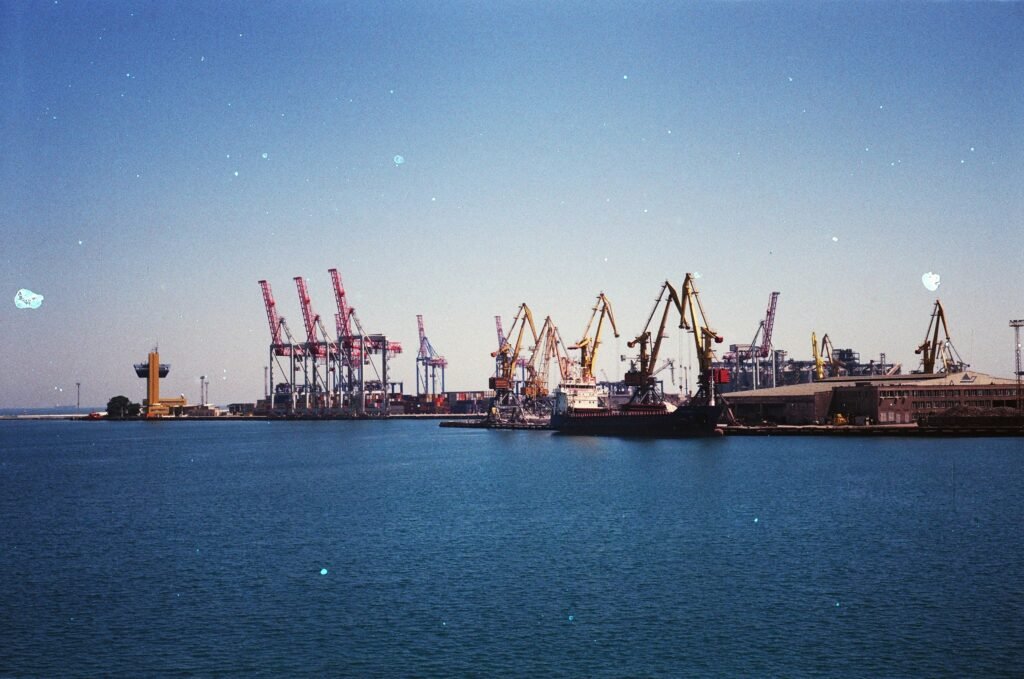
Strategic Location
Gwadar is positioned along the Arabian Sea at the mouth of the Persian Gulf—an area through which a significant percentage of the world’s oil trade flows. This location mirrors Dubai’s strategic position, allowing Gwadar to serve as a vital node in global maritime trade, particularly for China, Central Asia, and the Middle East.
Port Development Under CPEC
Like Dubai, Gwadar has experienced major investment in port development. The Gwadar Port is being developed with significant Chinese investment under CPEC, aimed at transforming the city into a central hub for trade and logistics in the region. This infrastructure project includes port terminals, free trade zones, and supporting highways—laying the groundwork for an international economic gateway.
Potential as an Economic Hub
Gwadar and Dubai share the vision of becoming regional economic powerhouses. Dubai diversified its economy through tourism, trade, and finance, setting a global benchmark. Gwadar, though still in its infancy, has the potential to follow a similar trajectory by leveraging trade connectivity, industrial development, and port-led growth.
Master-Planned Urban Development
Gwadar’s development is being carried out under a master plan that includes residential sectors, commercial areas, and industrial zones. This echoes Dubai’s early urban planning initiatives, where deliberate zoning and futuristic infrastructure attracted global investment and skilled professionals.
Tourism Opportunities
The pristine beaches and unique geography of Gwadar offer untapped potential for tourism. With appropriate investment in hospitality and safety, Gwadar could emerge as a niche tourist destination—adding another layer to its economic diversification.
Challenges on the Path to Growth
Despite its promise, Gwadar’s journey toward becoming “the new Dubai” is far from straightforward. A number of structural and contextual challenges must be addressed to unlock its true potential.
Limited Investment Compared to Dubai
Dubai’s transformation spanned decades and benefited from sustained, large-scale global investment. Gwadar, in contrast, is still at an early developmental stage, with foreign direct investment (FDI) largely concentrated in specific sectors, leaving other areas underdeveloped.
Security and Political Instability
Balochistan has historically experienced political unrest and security challenges, which can deter both domestic and international investors. Stability is a prerequisite for long-term development and for attracting sustained investment in Gwadar.
Socioeconomic Disparities
There is growing concern that the local population has not equally benefited from Gwadar’s development projects. Unlike Dubai, which ensured significant local participation and benefit-sharing, Gwadar’s progress has led to questions about equity and inclusion—particularly with respect to employment, education, and resource access for residents.
Infrastructural Gaps
Basic infrastructure in Gwadar—including consistent water supply, electricity, healthcare, and roads—remains inadequate. Without addressing these gaps, sustainable urban and economic development will be difficult to achieve.
Environmental Sustainability
Rapid urbanization and port development in a fragile coastal ecosystem raise serious environmental concerns. Lessons from Dubai’s environmental management should be considered to ensure that Gwadar’s development is both responsible and sustainable.
The Role of IRTCoP in Enabling Trade and Connectivity
As Gwadar aspires to become a major trade and transit hub, the role of IRTCoP (International Road Transport Chamber of Pakistan) becomes increasingly important. IRTCoP is actively working to integrate Pakistan into the global logistics and transport ecosystem through the promotion of the TIR (Transports Internationaux Routiers) license framework.
By simplifying cross-border trade procedures, the TIR system allows goods to move under customs control across international borders with minimal checks. IRTCoP’s efforts to promote the adoption of TIR in Gwadar and other trade hubs are crucial in:
Facilitating seamless overland cargo movement between Central Asia, China, the Middle East, and Pakistan.
Enhancing the efficiency of the supply chain and logistics networks connected to Gwadar.
Supporting CPEC’s long-term vision by making Gwadar a functional part of international road transport corridors.
Conclusion
Gwadar holds immense potential as Pakistan’s gateway to regional and global trade. Its comparison with Dubai reflects both ambition and strategy, but realization of this vision requires strategic planning, inclusive development, infrastructure improvements, and strong institutional support. With entities like IRTCoP championing trade facilitation frameworks such as TIR, Gwadar can move closer to becoming a sustainable, inclusive, and globally connected economic hub.



